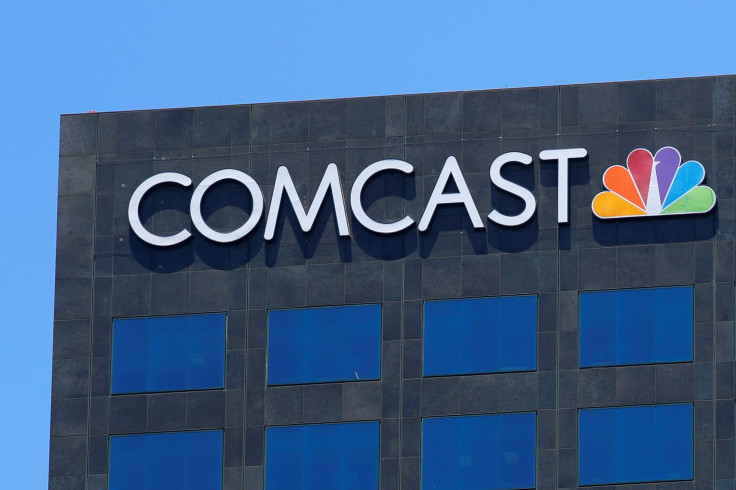Comcast's Peacock Is Off To A Strong Start
More than 10 million households have signed up for Peacock, the new streaming service from Comcast's NBC Universal. The media giant shared the update in its second-quarter earnings release, and management had much more to say about the early results during the accompanying conference call.
"Not only are more people signing up than we projected, but they are watching more frequently and engaging much longer than we projected," Jeff Shell, CEO of NBCUniversal, told analysts.
At its investor day in January, management said it expected to have 30 million to 35 million active accounts by 2024. While Shell clarified that "sign-ups" don't necessarily translate into monthly active accounts, he did note that all of the metrics are ahead of expectations.
"We didn't expect this many sign-ups," he said. "We didn't expect people to come back as frequently as they're coming back. And we didn't expect people to watch as long as they're watching once they come back."

Underpromise, overdeliver
Comcast's expectations for Peacock were very modest, especially in light of Disney's and AT&T's expectations for their respective streaming services. As mentioned, it expected to grow to just 30 million to 35 million active accounts within four years. And based on its forecast for average revenue per account, it expected relatively low engagement levels from those users.
Still, it seems to be off to a stronger start than AT&T's HBO Max, which launched in May, about two weeks ahead of Peacock. A little more than a month later, HBO Max had just 4.1 million activations, even as the service is available to about 26.5 million subscribers at no additional cost. A big hangup for HBO Max has been AT&T's inability to strike deals to distribute the service on Roku or Amazon Fire TV devices. But Peacock faces the same challenge.
Comcast's early results indicate that it's offering good value to consumers. The company leaned heavily on its free offering in its marketing campaign ahead of the launch. Free ad-supported streaming services have gained momentum as consumers seek new entertainment channels while facing new budget constraints during the coronavirus pandemic.
Lots of questions left to answer
Management tamped down excitement around Peacock by noting that it's too early to change anything with regard to its forecast for the streaming service. In January, management said it would lose about $2 billion on Peacock over the first two years of its operations.
"We don't anticipate anything different in the next two years," Shell said on the most recent call.
Disney, likewise, refused to update its outlook for Disney+ and its streaming operations, despite the strong results it's seen in the first six months of the service's launch. That's telling of the inability of media companieslike Disney or Comcast to make good predictions based on relatively little data.
The data for Peacock is an even smaller sample and less available to the public than Disney's or AT&T's subscriber data. We don't know if those 10 million signups are all free accounts or if some are paid. We don't know how much revenue Comcast generates per account. How many accounts also subscribe to Comcast's pay-TV or internet service? What's the retention for those services among Peacock users compared with those who haven't signed up for Peacock?
We don't know anything about how well the strategic benefits Comcast hopes to gain from Peacock are working out. We only know signups and engagement are better than management expected.
There are a lot of questions left to answer for investors, and management probably doesn't have all the answers yet. "In due course, we'll start giving you some color on the activation side," CFO Mike Cavanaugh said. There's good reason to be optimistic about Peacock, but it still needs to prove itself as a valuable asset for Comcast.
This article originally appeared in The Motley Fool. The Motley Fool has a disclosure policy.




















